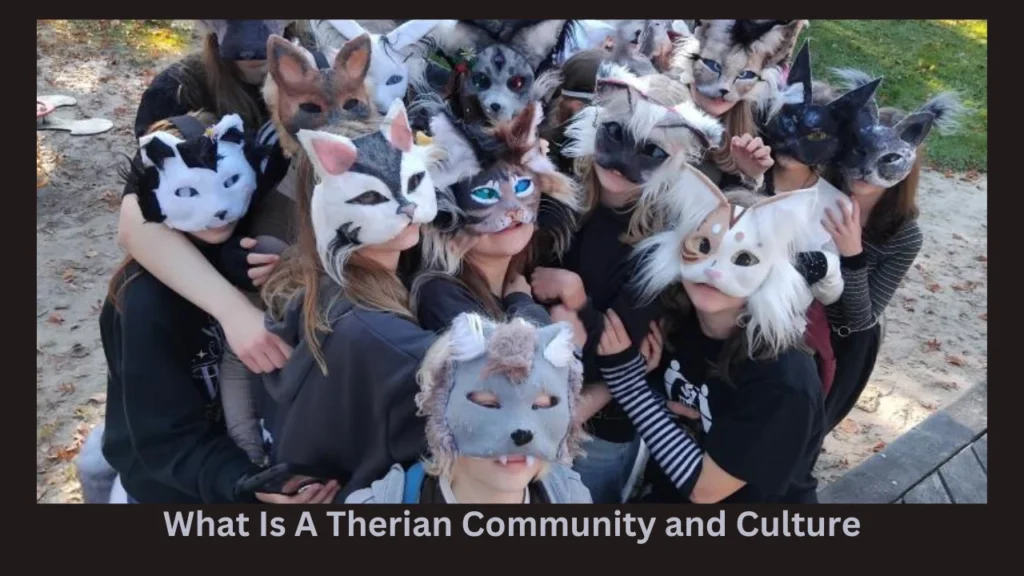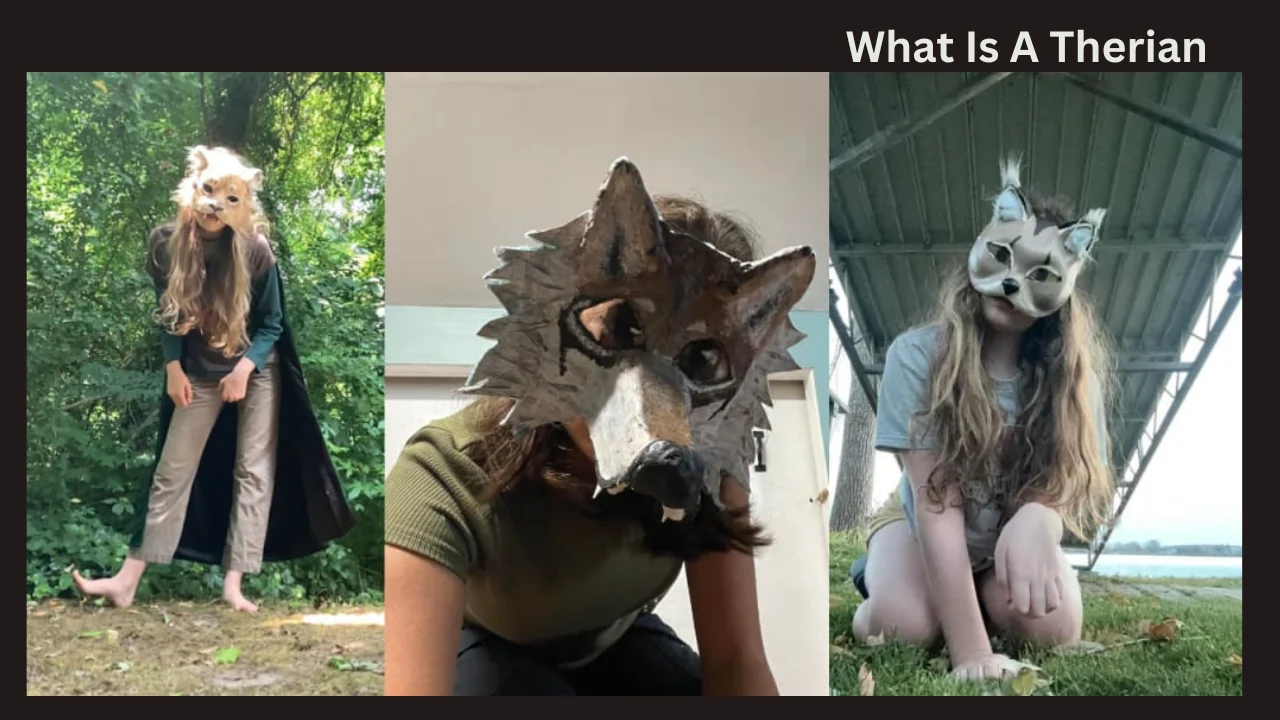What Is A Therian Sensations Behaviors And Perspectives
Many people identify with animals in various ways, whether through admiration, cultural symbolism, or spirituality. But what is a therian? A therian, short for therianthrope, is an individual who identifies on a deep, personal level as a non-human animal. This connection is not about physically transforming into an animal but rather feeling an innate bond with a specific animal species.
The word therianthropy comes from the Greek words therion (beast) and anthropos (human). Historically, therianthropy was used to describe mythological shapeshifters who could transform into animals. However, in modern contexts, the term refers to people who experience a deep identification with an animal species, often referred to as their theriotype. This experience varies from person to person and can manifest through different sensations, behaviors, and perspectives.
The Origins and History of Therianthropy
The concept of humans identifying as animals is not new. Ancient folklore, mythology, and religious traditions often depicted humans with animalistic traits or the ability to shift into animal forms. From Native American spirit animals to werewolves in European folklore, the idea of human-animal connections has long been a part of various cultures.
However, the modern therian community began forming online in the 1990s. With the rise of the internet, people who experienced therianthropy found each other through forums, social media, and dedicated websites. These platforms provided spaces for therians to share their experiences, discuss their identities, and build a supportive community. Today, therianthropy continues to be an evolving and recognized identity among those who experience it.
ALSO READ: How To Rent A Wurlitzer Piano In Athens Ga Pricing And Key
Identifying as a Therian
A common question people ask is: “What is a therian, and how do they experience their identity?” Therianthropy is unique to each individual, but there are some common ways in which it manifests:
Psychological and Spiritual Identification
Therians often describe their connection to their theriotype as either psychological or spiritual. Some believe they have always had the mind or instincts of an animal, while others attribute their identity to spiritual beliefs, such as reincarnation or past lives. The way a therian understands their connection to their animal identity is deeply personal.
Phantom Shifts
One of the most commonly reported experiences among therians is the phantom shift. This occurs when a therian feels sensations of non-existent animal body parts, such as tails, wings, or claws. These sensations are similar to phantom limb syndrome, where individuals feel the presence of limbs that are not physically there.
Mental Shifts
A mental shift happens when a therian’s mindset temporarily aligns more closely with their theriotype. This may involve adopting animal-like behaviors, instincts, or heightened senses. A therian experiencing a mental shift might feel the urge to run, growl, stalk, or hunt, depending on their theriotype.
Dream Shifts
Some therians report experiencing dream shifts, where they see themselves as their theriotype in dreams. These dreams can be vivid, involving detailed interactions with nature, hunting, or existing as the animal in various environments.
Sensory and Instinctual Experiences
Therians often describe heightened instincts or sensory experiences that align with their theriotype. For example, a wolf therian might feel a strong connection to pack dynamics, while a feline therian may exhibit an independent and territorial nature.
ALSO READ: H0n3yb33p0tt Influencer And Social Media Sensation
Common Theriotypes
Therians identify with various animal species, but some are more commonly reported than others. These include:
| Theriotype | Characteristics |
|---|---|
| Wolves | Strong pack mentality, protective instincts, heightened senses |
| Big Cats | Independence, stealth, territorial nature |
| Foxes | Cunning, intelligence, adaptability |
| Birds | Sense of freedom, migration instincts, aerial awareness |
| Reptiles | Solitary nature, cold-blooded behaviors, heightened perception |
While many therians identify with mammals, others may connect with birds, reptiles, or even mythical creatures. There are no strict rules about which animals can be theriotypes, as therian identity is deeply personal.
What Is A Therian Community and Culture

The therian community is diverse, with members from all walks of life. The internet has played a crucial role in connecting therians worldwide, allowing them to share experiences and build a sense of belonging. Some common aspects of therian culture include:
Online Forums and Groups:
Platforms like Reddit, Discord, and specialized websites allow therians to interact and support one another.
Therian Symbols:
Some therians use symbols, such as the theta-delta symbol (θΔ), to represent their identity.
Gatherings and Meetups:
Some therians organize events where they can meet in person, discuss experiences, and celebrate their identity.
Therianthropy vs. Furry Fandom
A common misconception is that therians and furries are the same. While both communities have individuals who appreciate animals, they are fundamentally different:
Therians:
Identify as non-human animals on a personal level, often through psychological or spiritual experiences.
Furries:
Enjoy anthropomorphic animal characters and participate in activities such as drawing, role-playing, or wearing fursuits.
Some individuals are both therians and furries, but being a therian is about identity, while being a furry is more about interest and creativity.
Challenges and Misconceptions About Therianthropy
Despite being a valid identity, therians often face misunderstandings and skepticism. Some people mistake therianthropy for delusion, but therians fully recognize that they are biologically human. Their identification with animals is not about physical transformation but about an intrinsic connection to an animal species.By learning about therianthropy, we foster a greater appreciation for the diversity of human identity and the many ways people experience life. Whether you are a therian yourself or simply curious about the topic, exploring therianthropy opens the door to understanding a unique and fascinating perspective on identity and self-expression.
Therians may also experience challenges such as:
Social Stigma:
Many people do not understand therianthropy, leading to ridicule or misrepresentation.
Isolation:
Some therians struggle to find others who relate to their experiences.
Self-Discovery:
Understanding and accepting therian identity can be a long personal journey.
However, with increasing awareness and online communities, many therians find support and validation in sharing their experiences.
Frequently Asked Questions
What is a therian?
A therian is someone who identifies as a non-human animal on a deep personal level. This connection can be psychological, spiritual, or instinctual but does not involve physical transformation.
How do therians experience their identity?
Therians experience their identity through mental shifts, phantom shifts, dream shifts, and strong instincts related to their theriotype. These experiences vary among individuals.
Are therians the same as furries?
No, therians identify as animals on a personal level, while furries enjoy anthropomorphic animal characters as a hobby. Some people may be both, but they are distinct communities.
Final Thoughts
So, what is a therian? A therian is someone who identifies on a deep level as a non-human animal. This identity can be psychological, spiritual, or both, and it manifests in various ways, such as phantom shifts, mental shifts, and instinctual behaviors. Therianthropy has existed throughout history and continues to be a recognized experience in modern society.
Understanding therians requires an open mind and respect for diverse identities. Just like any other identity, therianthropy is a personal journey of self-discovery. Whether through online forums, personal reflection, or interactions with others, therians find ways to embrace their unique connection to the animal world.

